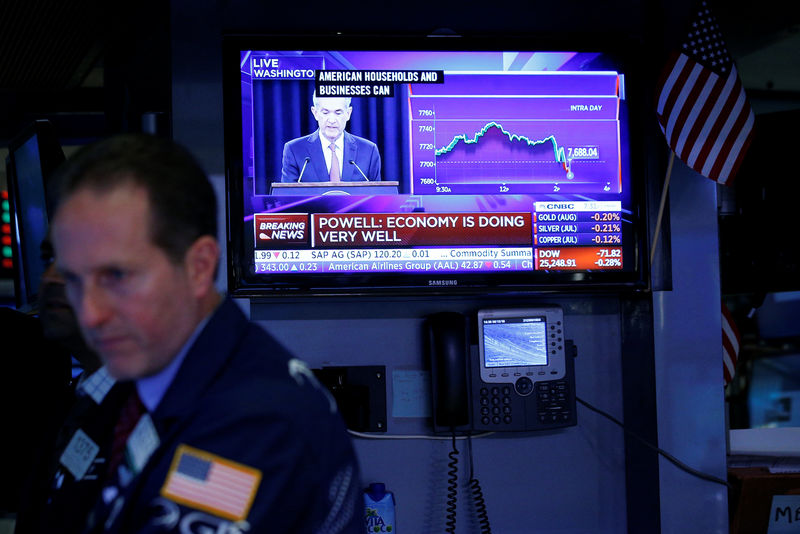Since the beginning of 2024, investors have been mainly fixated on when the Federal Reserve will cut interest rates.
Initially, March seemed like a likely time to do this, but expectations then shifted to June after an unfavorable wave of economic data. For the same reasons, the first cut may not happen until December, if at all this year, although economists at UBS still expect a cut in September.
However, the investment outlook depends less on when the Federal Reserve will start cutting rates and more on the path and destination afterward, UBS analysts said.
Analysts pointed out that rates have risen almost 15% this year, despite market prices for cuts in 2024 falling from almost seven to less than two now.
“What matters is that economic growth and profits have been better than expected,” they explained. “Whether the first cut takes place in September or December is unlikely to make a significant difference to either in the coming year.”
“Expect the debate over the pace, scale and ultimate level of rate cuts to take center stage this summer, a point we also made in our second-half outlook,” analysts added.
This reflects the consensus view for macroeconomic conditions for the remainder of 2024, with most investors expecting moderate GDP growth and inflation, low recession risk and a realistic range of zero to two interest rate cuts. However, the range of possible outcomes for growth, inflation, fiscal policy and Fed rate cuts is much wider for 2025 and beyond, analysts noted.
Focusing primarily on the interest rate path, the debate is relevant to the investment outlook for three main reasons, the note said.
First, movements in 10-year Treasury yields closely mirror changes in market expectations for the neutral Fed rate, suggesting that shifts in expected Fed rate cuts could have a similar impact on 10-year yields.
Second, the debate over the neutral Federal Funds Rate (r*) and how restrictive current monetary policy is remains critical. Opinions vary considerably; some argue that the policy is not very restrictive, while others argue that the neutral rate is around 3%.
“The resilience of the US economy favors the former perspective for now, but a rapid slowdown could tilt it toward the latter,” analysts wrote.
Finally, the Fed’s lack of a clear framework regarding the rate cut path is a source of potential market volatility.
While the Fed’s dot plot suggests a steady pace of cuts until the funds rate reaches 3-3.25% in December 2026, it remains uncertain how the Fed will respond to deviations from its growth and inflation forecasts.
As economic conditions evolve, wide swings in expectations for rate cuts are likely, potentially contributing to market volatility.


